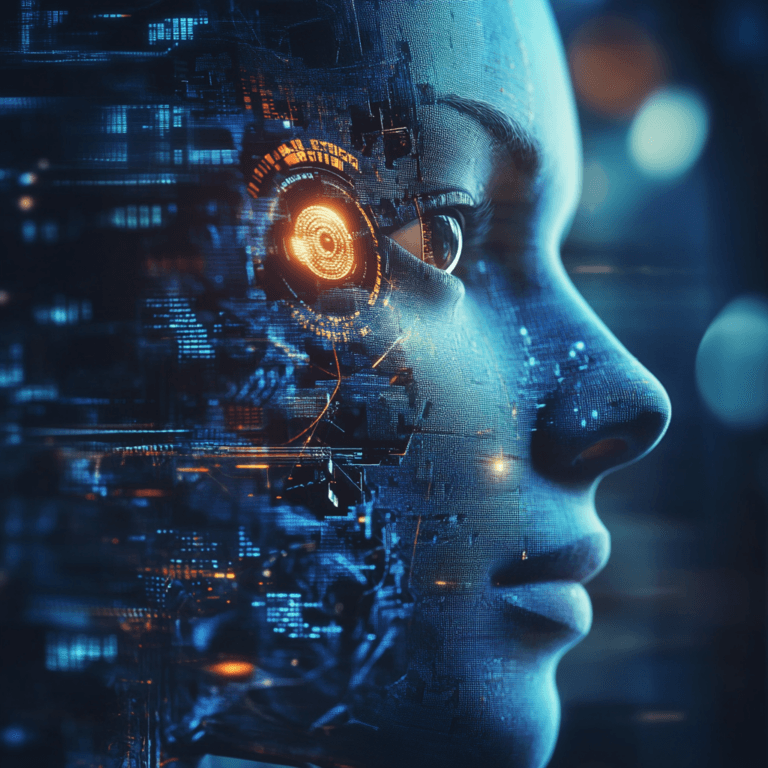Creativity is evolving, and AI is playing a big role in that transformation. In a recent live, Demian Borba had the pleasure of hosting Pablo Stanley, an artist, designer, entrepreneur, and one of the most engaging creative communicators out there. Our discussion spanned from creative workflows and imposter syndrome to how AI is reshaping the way we create, communicate, and innovate.
The Confidence to Call Yourself an Artist
Many designers hesitate to call themselves artists, fearing it undermines the strategic nature of their work. Pablo challenges this, arguing that both art and design involve creativity, storytelling, and emotion. The industry often separates the two, design is seen as practical, while art is viewed as pure expression, but in reality, they overlap.
He encourages designers to embrace their artistic side, rather than feeling limited by labels. Creativity isn’t just about solving problems, it’s about exploration, connection, and self-expression.
Embracing AI: A Tool for Creativity, Not a Threat
With AI advancing rapidly, many creatives worry about being replaced. Pablo sees AI differently, not as a competitor, but as an amplifier of human creativity.
For example, when working on his comic series, he feeds AI his past work, character descriptions, and rough ideas. AI then suggests new angles or details he might not have considered. It doesn’t replace his creative input, it enhances it, speeding up ideation and offering fresh perspectives.
Of course, AI isn’t perfect, some outputs are completely off. But its ability to iterate instantly helps creatives explore more possibilities without the time constraints of traditional workflows. The key is to use AI as a starting point, not a final product.
One very important point: AI can take you to a v1 faster than ever before. And because of that, it can take you to the finish line much faster as well. But all the post-v1 work is still very much needed. And it is human-led work (e.g. fine adjustments in Photoshop, or VFX details in After Effects).
The Future of Design & Creativity: Should Designers Still Code?
The conversation turned to the future of creative work. Will traditional design tools, static prototypes, and even coding become obsolete? For years, designers have debated whether they should learn to code. But Pablo believes the real question has changed: Should designers learn how to prompt AI effectively?
AI tools are now advanced enough to execute complex tasks through simple instructions. Instead of manually designing every detail or writing every line of code, creatives are becoming directors of AI-driven execution.
The designers and creatives who will thrive in this new landscape are those who can bridge creative vision, strategic thinking, and AI collaboration, knowing how to guide AI rather than being consumed by technical tasks.
The Changing Role of Creative Professionals
Rather than fearing AI, creatives should adapt and evolve. The shift isn’t about AI taking over—it’s about how creative roles are expanding.
In the past, designers needed deep technical expertise to bring ideas to life. Now, someone with a clear vision and strong communication skills can use AI to execute their ideas faster than ever before. This levels the playing field, allowing more people to create without spending years mastering design software or coding. It also means new creative opportunities will emerge, as AI removes many of the repetitive, technical barriers that have traditionally slowed down creative work.
A Message to Creators: Keep Creating, No Matter What
If you’re feeling overwhelmed by AI and its rapid evolution, Pablo has one piece of advice:
“Be patient with yourself. Don’t compare yourself to AI or other creators. Keep experimenting, keep creating”.
It’s easy to look at AI’s speed and capabilities and feel discouraged. But creativity has always been about expression, curiosity, and experimentation, things that remain deeply human. While AI can generate outputs, it doesn’t have personal experiences, emotions, or unique perspectives. The joy of creating something from your imagination and sharing it with the world is something that no robot can take away.
